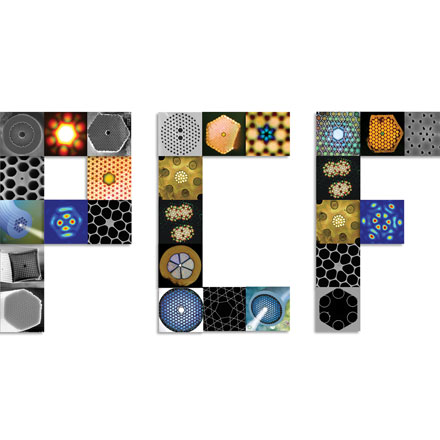 STOP Analysis with COMSOL Multiphysics®
STOP Analysis with COMSOL Multiphysics®
Wed, May 31, 2023 2:00 PM - 3:00 PM EDT
Optical systems often need to operate in harsh environments, including high altitudes, in space, and under water, where they are subjected to structural loads and extreme temperatures. Similarly, optical devices in high-powered laser and nuclear applications are also subjected to extreme conditions. The most accurate way to fully capture these environmental effects is through numerical simulation using structural-thermal-optical performance (STOP) analysis. This is a quintessential multiphysics problem. With STOP analysis, thermal expansion and the refractive index distribution can be fully coupled with changes to the ray optics trajectories, which is essential for laser-based manufacturing and the like. This presentation shares how to use COMSOL Multiphysics® and the Ray Optics Module to combine ray tracing simulations with structural and thermal analyses to form fully self-consistent STOP models. Presented by COMSOL.
 Photonic Crystal Fibers: Three Decades of Novel Science
Photonic Crystal Fibers: Three Decades of Novel Science
Thu, Jun 1, 2023 10:00 AM - 11:00 AM EDT
Since they first appeared in the 1990s, photonic crystal fibers (PCFs), which are thin strands of glass with an intricate array of hollow channels running along their length, have ushered in a new era of linear and nonlinear fiber optics. As well as permitting unprecedented control over dispersion and birefringence, PCFs offer guidance in both solid glass and hollow cores. Curiosity-driven research into the light-matter interactions in PCF has inspired many potential applications. After a brief introduction, Philip Russell of the Max-Planck Institute for the Science of Light shares several recent developments in the field of PCFs.
|
|
|
|